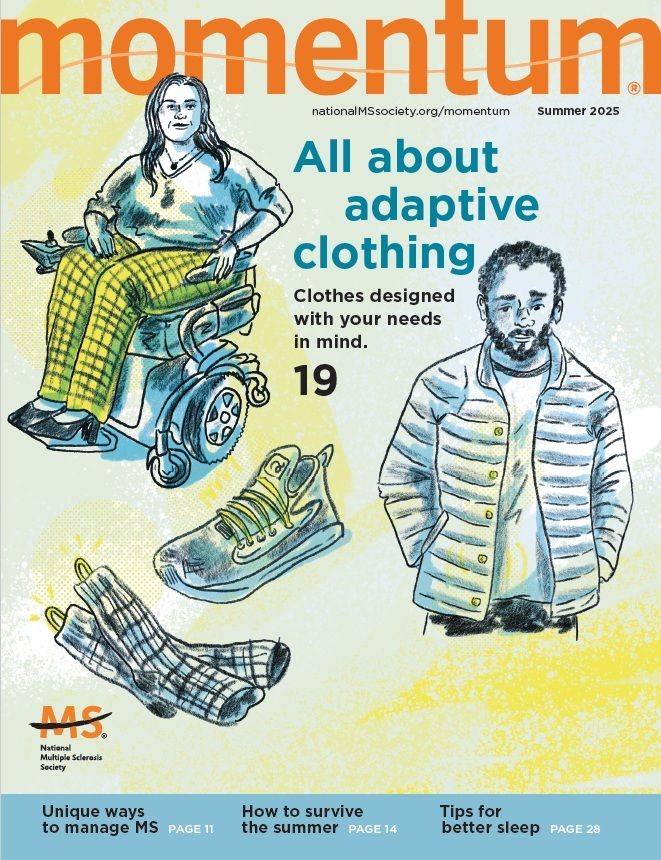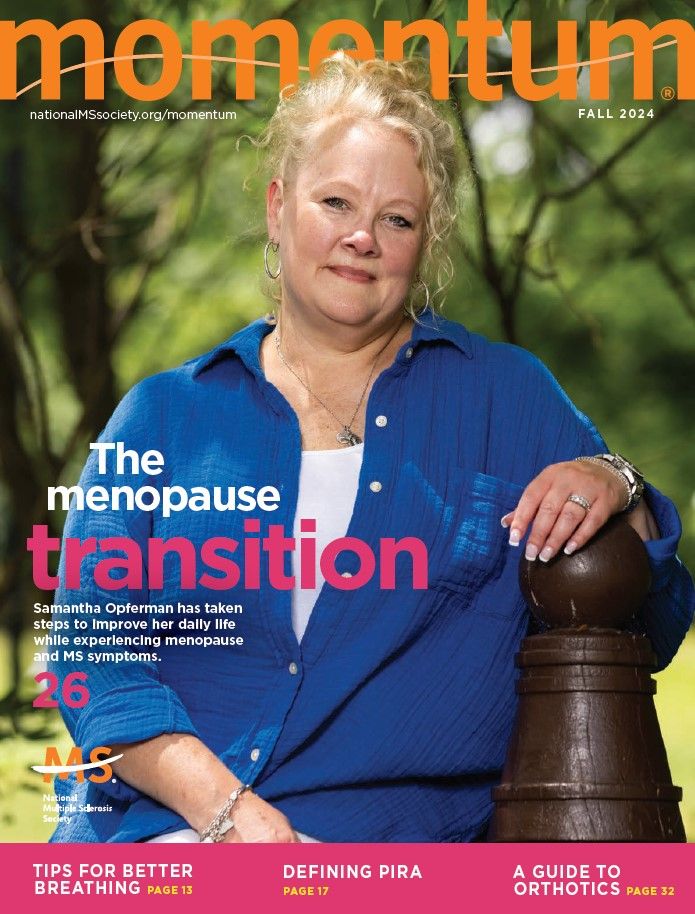A Handle on Pain



Defining Pain in MS
The Experience of Pain in MS
Diagnosing Pain in MS
Revelations From the Latest Research

Newer Approaches to Treatment
Treatments Beyond Medication
Pacing Helps Reduce Pain
Self-Hypnosis Can Change Response
Working With Your Healthcare Professional
Concerns About Treatments
With all medications, there are risks of unpleasant side effects, Rose says, including cloudy cognition, fatigue and balance issues. Some anti-depressants might cause irregular heartbeat; others pose a risk of swelling of the limbs and depression. Another issue is that a medication might not reach its full dosage for a few weeks, and meanwhile, people get frustrated and stop taking it.Neurologists tend to avoid opioids because of the risk of addiction, though they might help some people and can be convenient and inexpensive in small doses. And CBD (cannabidiol, a non-intoxicating chemical compound found in cannabis), while anecdotally helpful, is still largely unstudied and unregulated. Gentry swears by the sublingual cannabis spray she’s used for two years. However, more work needs to be done to establish its safety and efficacy, Fiol cautions.Physical activity, energy pacing and the mind-body interventions appear to be universally safe, though there’s some trial and error involved as you discover what works for you. As Gentry tells the newly diagnosed, “This is your body, your disease, and you can make the choices that will make you feel better.”










